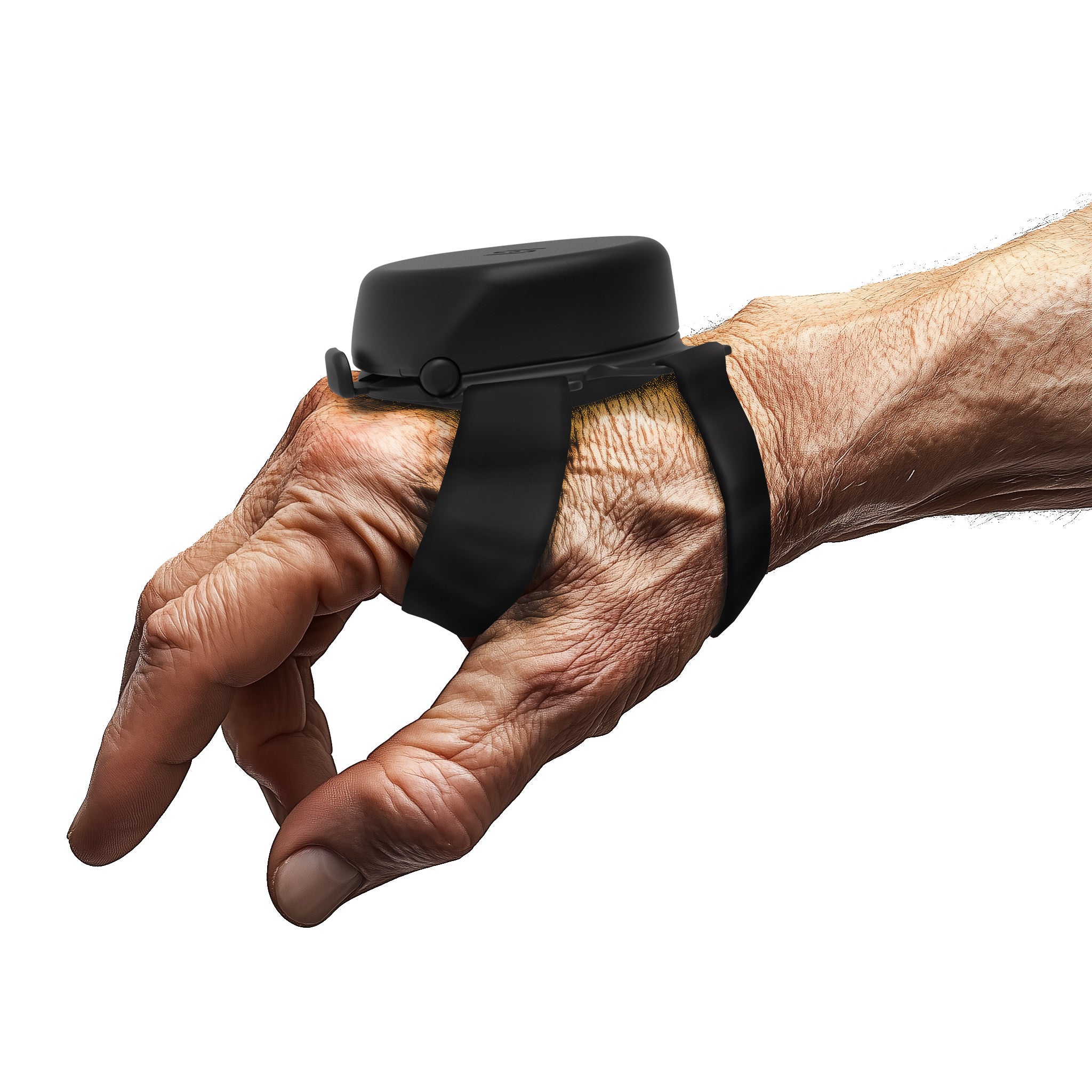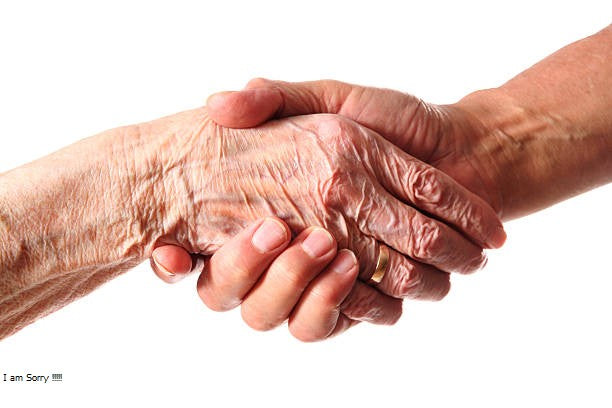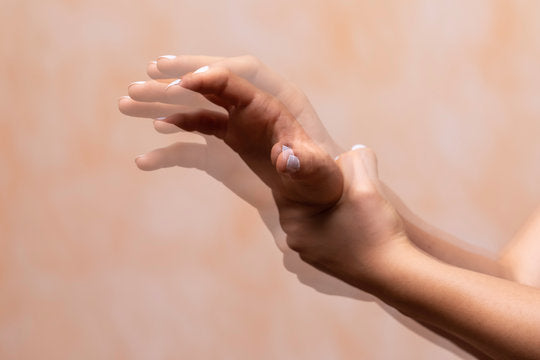Body tremors or body shaking are involuntary muscle contractions that affect a single or multiple parts of the body. Many people wonder, “why is my body shaking for no reason?” and the truth is that there are several different causes. These causes may be related to an already existing health condition, or they may appear as a side effect of external factors and medications. Let’s go through this issue and discover the essential information related to body shaking symptoms.
What are the main types of body tremors?
Depending on their causes and on the affected body part, body tremors can range from slight to severe. There are two main types of tremors that have many other subtypes falling under their category. These two types are called resting tremors and action tremors.
Resting tremors
These types of body shakes occur when the body is in a completely resting position. These tremors tend to decrease significantly when the body is performing any voluntary movement.
Action tremors
As for action tremors, they tend to occur when the body is performing voluntary movements, like standing up, reaching for an object, and so on. There are different types of action tremors, and they are as follows:
-
Kinetic tremor: Appears during simple voluntary movements, such as reaching to grab an object.
-
Task-specific tremor: A type of body shaking that is associated with performing specific tasks, like hand tremors while writing or holding an object.
-
Isometric tremor: Tremors that appear during a voluntary muscle contraction that doesn't involve movement.
-
Postural tremor: Shaking that happens when your body maintains a posture against gravity, like arms trembling when held outstretched.
What conditions cause body tremors?
Several neurological and overall health conditions can trigger body shaking symptoms. Let’s go through some of them for a better understanding:
Essential Tremor
This neurological disorder is characterized by persistent tremors that mainly occur in the hands, but can also affect multiple body parts. While researchers haven’t pinpointed a clear cause yet, genetics may play a role. Although essential tremor isn’t life-threatening, the continuous body shakes can impact daily activities.
Alcohol withdrawal
If you recently stopped drinking excessively and noticed your body shaking, this could be a sign of alcohol withdrawal. Often referred to as “the shakes,” they mainly affect the head, arms, and hands. Severe withdrawal may also include hallucinations or confusion and can become life-threatening.
Drug-induced tremors
Sometimes the answer to “why is my body shaking for no reason” is simply a side effect of certain medications. Antidepressants, stimulants, or asthma drugs are common examples. Adjusting or discontinuing the medication with medical guidance usually helps control the tremors.
Cerebellar ataxia
This neurological condition affects balance and coordination due to cerebellum damage. Alongside body shaking symptoms, it can also cause slurred speech, eye movement issues, and discoordination.
Traumatic brain injury
A traumatic brain injury can damage the parts of the brain responsible for motor function, leading to body tremors. Other symptoms may include dizziness, memory loss, headaches, and confusion.
Proper Body Tremors’ Diagnosis Process
The diagnosis process requires a comprehensive medical evaluation to be able to specifically pinpoint the underlying cause and treat it properly. Let's go through the diagnosis process to see what it usually consists of.
Medical History Assessment
This is where you describe to your doctor the exact nature of the body shaking symptoms you’re experiencing, including the tremors’ type, consistency, and how long they’ve been present. You also need to provide your doctor with your personal and familial medical history, as this could include helpful clues that can lead to a more accurate diagnosis.
Physical Examination
Your doctor will perform a full neurological examination to assess your body’s strength, balance, coordination, and reflexes, as well as any abnormal postures or movements. During this step, your body tremors will be evaluated in different positions to help determine their type, which brings the doctor one step closer to the right diagnosis.
Diagnostic Tests
These tests are crucial for narrowing down the possibilities and identifying why you might be experiencing body shake episodes.
-
Blood tests: Including thyroid, liver, and metabolic panels to check for internal imbalances.
-
Imaging studies: MRI scans to visualize brain activity and CT scans to detect tumors or bleeding.
-
Electrophysiological studies: Electromyography to measure muscle activity and nerve conduction tests to evaluate nerve function.
-
Neurological tests: Tools like DaTscan help distinguish Parkinson’s disease from other conditions that cause tremors.
-
Specialized tremor assessment: Methods such as spiral analysis and measuring amplitude/frequency of tremors give more insight into the cause of your body shaking symptoms.
-
Consultation with specialists: If necessary, your doctor may refer you to a neurologist or another expert for further evaluation.
What are the Treatment Options?
There are several treatment approaches available to manage body tremors and improve quality of life.
Deep Brain Stimulation (DBS)
This surgical treatment involves implanting electrodes in the thalamus, connected to a pulse generator in the chest. It delivers electrical impulses to interrupt body shakes effectively.
Focused Ultrasound Thalamotomy
A non-surgical procedure using ultrasonic waves to target the thalamus. It’s especially useful for patients with essential tremor who want an effective non-invasive option.
Botox Injections
Beyond cosmetic uses, Botox can relax overactive muscles and reduce tremors, especially in dystonic cases.
Alternative and Complementary Therapies
Acupuncture and biofeedback are examples that may help reduce body tremors by promoting relaxation and greater control over physical responses.
Counseling and Support Groups
Emotional well-being plays a role in physical health. Counseling and support groups can help patients cope with stress, which often worsens body shaking symptoms.
FAQs
With all of that being said, let’s go through some of the frequently asked questions about this issue:
Why is my body shaking for no reason?
First of all, there’s no such thing as “for no reason.” There is always an explanation behind body tremors, even if it seems insignificant. Most of the time, body shaking symptoms may be linked to an underlying health condition, a side effect of medication, or even environmental triggers such as stress or fatigue. The best way to understand the cause of your body shaking is to get a proper diagnosis from your doctor.
Why does my body shake at night?
Nighttime body tremors can be caused by various factors, including Restless Leg Syndrome, nocturnal leg cramps, or sleep-related conditions like sleep apnea or periodic limb movement disorder. Because these body-shaking symptoms can overlap with multiple health issues, it’s always best to seek professional evaluation to determine the root cause.
Steadiwear is here for you
Our team of professionals is constantly exploring new ways to provide comfort and assistance for people living with neurological conditions. We aim to make daily life easier for individuals experiencing body shaking symptoms and body tremors.
In addition to our Steadi-3 glove, designed to reduce obstructive shaking and help you regain control over your motor functions, we regularly publish informative resources to keep patients updated and supported throughout their journey.
In conclusion
Most of the time, tremors are your body’s way of signaling that something needs attention. Even if you don’t initially suspect anything unusual, it’s wise to consult your doctor to investigate further. This step can help you stay ahead of any potential condition and manage your body shaking symptoms effectively.
Your doctor can guide you toward treatment, recommend assistive devices, and provide strategies to cope with body tremors until they are fully under control.



